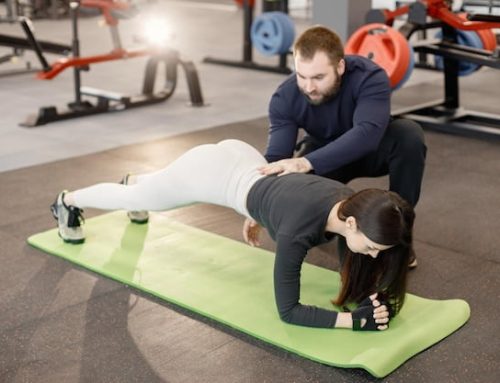Introduction
As an athlete, you understand the importance of having a training program that is specifically tailored to meet the demands of your sport. One essential component of such a program is sport-specific stretching. This type of stretching is designed to prepare your body for the movements and stresses required in your specific sport. In this article, we will take a closer look at what sport-specific stretching is and why it is important for athletes of all levels.
What is Sport-Specific Stretching?
Sport-specific stretching is a type of stretching that focuses on the muscle groups and movements required by a particular sport. This type of stretching is often done before a workout or a competition to prepare the body for the specific demands of the sport. The stretches are designed to target the muscles that are used most often in the sport, as well as the range of motion required for the movements involved.
Why is Sport-Specific Stretching Important?
Sport-specific stretching is important for several reasons. Firstly, it helps to prevent injuries by preparing the body for the stresses and movements required in the sport. By stretching the muscles that are most commonly used in your sport, you can reduce the risk of strains and sprains. Additionally, sport-specific stretching can help to improve performance by increasing flexibility and range of motion. This can lead to better technique and more efficient movements, which can translate to better results in competitions.
The Benefits of Sport-Specific Stretching
Apart from injury prevention and performance enhancement, sport-specific stretching offers several other benefits to athletes. Some of these benefits include:
1. Improved Muscle Balance
Sport-specific stretching can help to improve muscle balance by targeting the muscles that are most used in your sport. This helps to prevent muscle imbalances and reduces the risk of injury.
2. Improved Coordination and Balance
Sport-specific stretching can improve coordination and balance by increasing range of motion and flexibility. This can be particularly important for sports that require quick movements and changes in direction.
3. Increased Blood Flow
Sport-specific stretching can also help to increase blood flow to the muscles, which can help to prevent muscle soreness and fatigue.
Examples of Sport-Specific Stretches
The types of sport-specific stretches you should do will depend on the demands of your sport. Here are some examples of stretches for different sports:
1. Basketball
- Quad Stretch
- Calf Stretch
- Hamstring Stretch
- Shoulder Stretch
2. Soccer
- Hip Flexor Stretch
- Quad Stretch
- Calf Stretch
- Groin Stretch
3. Running
- Quad Stretch
- Hamstring Stretch
- Calf Stretch
- Glute Stretch
Conclusion
In summary, sport-specific stretching is an essential component of any athlete’s training program. It is important for injury prevention, performance enhancement, and overall physical health. By incorporating sport-specific stretches into your training routine, you can prepare your body for the specific demands of your sport and improve your overall athletic performance.






